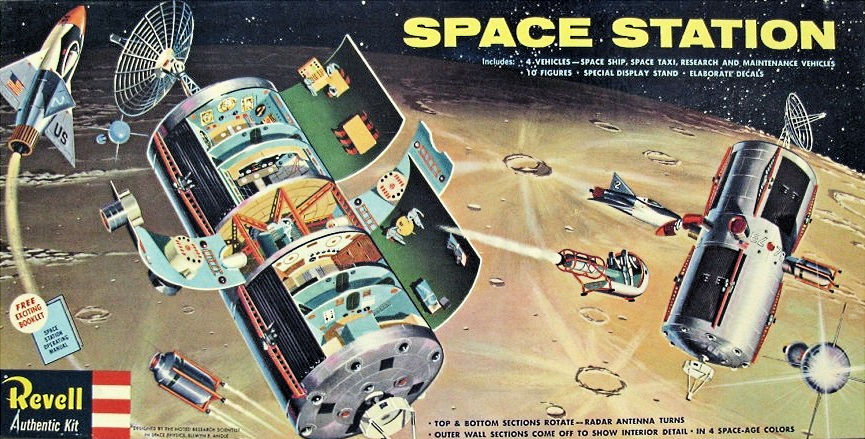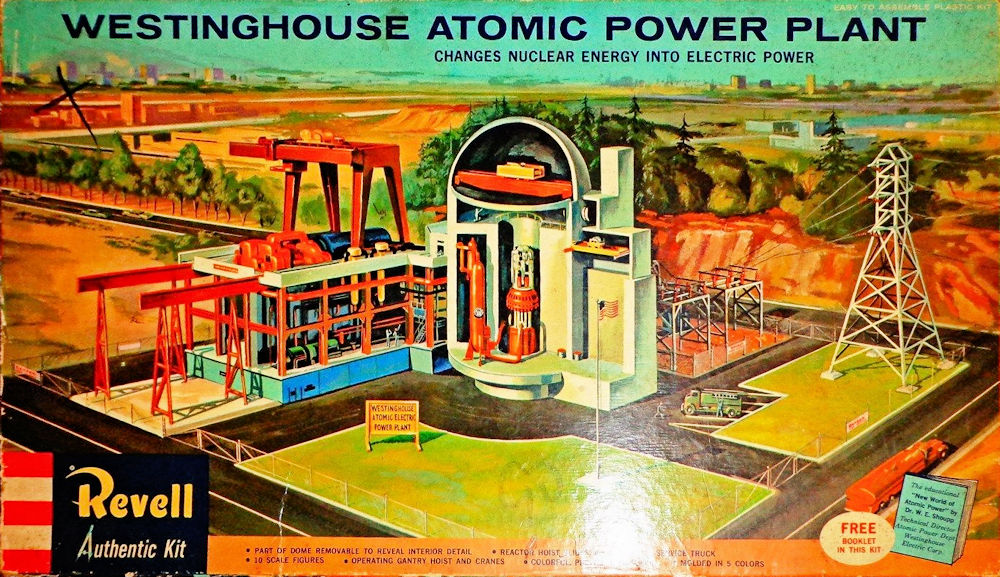If you’re like me, you started building plastic model kits at an early age. It was one of the tributaries that became the river I traveled on to become an engineer. Manufacturer names and probably the logos for model kit makers such as Monogram, Revell, Aurora, and Renwal are likely familiar. I certainly built model kits from all of those companies. Well, today’s big news is that the Atlantis Model Company has purchased the mold tooling for many plastic model kits from these specific vendors from “USA-Blitz Partners,” the company that bought this tooling after Revell went bankrupt earlier this year. (You probably didn’t know that Revell had gone bankrupt.)
In a press release, Peter Vetri, President of Atlantis, stated, “It’s a lifelong dream to own this historic tooling and archive material related to these molds; to be able to preserve the tooling is a real honor. We look forward to reissuing many classics that have not been available in quite some time. All of the model kits will be made here in the USA and all the tooling and the Archive have been moved from Elk Grove to our facilities in Deer Park, NY.”
Some of this model kit tooling is more than half a century old.
We in the electrical engineering business don’t often have tooling that’s half a century old. Most of us don’t have thousands of enthusiasts who love our decades old stuff as much as model kit builders love old models. Just try to purchase a Revell Space Station kit from the 1950s. The last one I saw on eBay years ago went for something north of $400, if memory serves. (Correction: I just checked eBay and you can get one with “most” of the parts and no box for a cool $919.59 plus $30 shipping.) I fondly remember building that kit in the late 1950s. It was a really cool kit, but I’m not spending $950 to revive that memory.

Then there was the most challenging model kit I ever built, Revell’s Westinghouse Atomic Power Plant. That one took days and days to build.

You can get one of these kits, “barely incomplete,” on eBay right now. For $505.90 plus 30 bucks for shipping. Operators are standing by. Don’t worry. I won’t outbid you.
Now that’s not to say there aren’t collectors of old electronic equipment. You can find them on YouTube pretty easily. They’re fun to watch. However, working with old electronic equipment is not for the faint-hearted. There are dried up electrolytic capacitors just ready to explode as soon as you apply power. There are little orange and amber time bombs scattered all over circuit boards called tantalum capacitors that are ready to catch fire. There are custom ICs and germanium transistors made with substances that have radioactively decayed into Unobtainium.
Working with old electronic equipment is a tough, challenging hobby. Thank goodness there are a few brave souls out there still willing to take the time to get this equipment working and to entertain us by making videos of their efforts.
Thanks guys. (And thanks to the Atlantis Model Company for preserving this slice of my personal history.)




